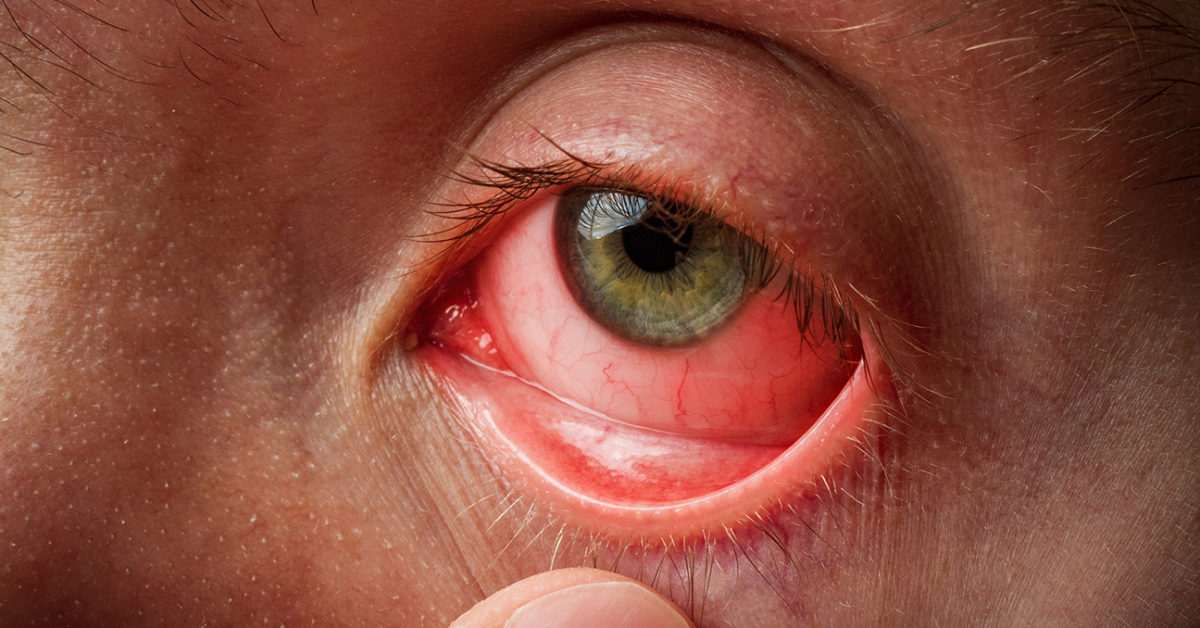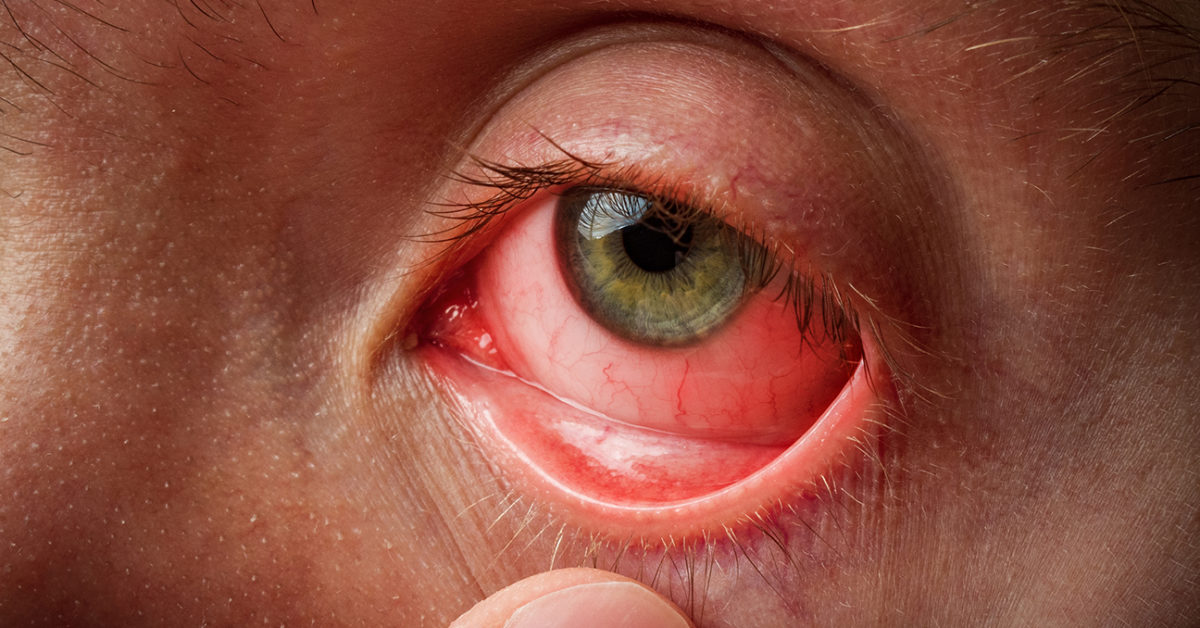Conjunctivitis is a common eye infection that’s accompanied by eye redness, swelling, and itching. Most people have ever had this infection. However, sometimes it might be difficult to tell if the red, itchy, and inflamed eye is caused by something more serious.
Though some eye infections such as pink eye can go away on their own, others can lead to permanent damage and need immediate treatment. The Centers for Disease Control and Prevention (CDC) reports that almost 1 million people seek treatment for an eye infection each year. Most of the cases are caused by contact lenses.
Individuals with impaired immune systems, those who wear contact lenses, or people who have had certain types of eye injuries are at increased risk for any type of eye infections.
If you experience redness, sensitivity to light, vision changes, and eye pain, it’s best to visit an ophthalmologist. Here are some of the most common eye infections everyone should be aware of:
1. Keratitis
Keratitis is an infection that occurs in the cornea. Cornea is a clear dome-shaped covering over your pupil and iris. Keratitis can be provoked by bacteria, viruses, parasites, or fungi. In most cases, it’s caused by contaminated contact lenses. Keratitis is accompanied by typical symptoms of eye infections, such as redness, irritation, and itching. If left ignored, it can contribute to permanent vision damage.
2. Blepharitis
Blepharitis is characterized by an inflammation of the eyelids that leads to crusting, burning, and dandruff-like flaking along the line of the lids. Blepharitis triggers redness, sensitivity to light, vision change, and pain. The infection is treated easily by an ophthalmologist, but it can’t be treated at home. The root cause of blepharitis is a bacterial infection.
3. Endophthalmitis
Endophthalmitis affects the tissues or fluids inside the eyeball. It typically develops rapidly, however, it can also develop slowly and persist for long periods of time. It’s also characterized by sensitivity to light, inflammation, itching, and redness. And like any eye infection, it shouldn’t be ignored. What’s more, Endophthalmitis is considered an emergency condition and requires prompt attention to avoid vision loss.
4. Conjunctivitis
Conjunctivitis is an inflammation of the conjunctiva – a clear membrane that lines the eyelid. In most cases, this inflammation is infectious which means it can go away on its own. But if the infection is bacterial, you’ll need antibiotic eye drops to treat it. Symptoms of conjunctivitis include eye redness, itching, burning, and discharge.
5. Iritis
Iritis is an inflammation of the iris – a colored part of your eye. It could stem from a bacterial, viral, or fungal infection, as well as injuries and health issues such as autoimmune disorders. Iritis causes eye redness, itching, irritation, and pain, as well as sensitivity to light. It’s a quite uncomfortable infection that tends to get worse. Plus, iritis can lead to headaches.
Treatment
Most eye infections can be treated with eye drops. But in rare cases, a patient may need injections into the eye or around the eye. If you have pink eye, treatment might not be necessary, as it typically resolves on its own. If you need antibiotic treatment, you will apply medications directly to your eyes in the form of ointment or eye drops. Some viral infections require taking an oral antibiotic. Your eye doctor might also prescribe eye drops containing steroids to reduce eye inflammation.
Regardless of your type of eye infections, your healthcare provider most likely will tell you to take a break from your contact lenses. You need to sanitize hard lenses, and if your lenses are soft, you should replace them.







































No Comments